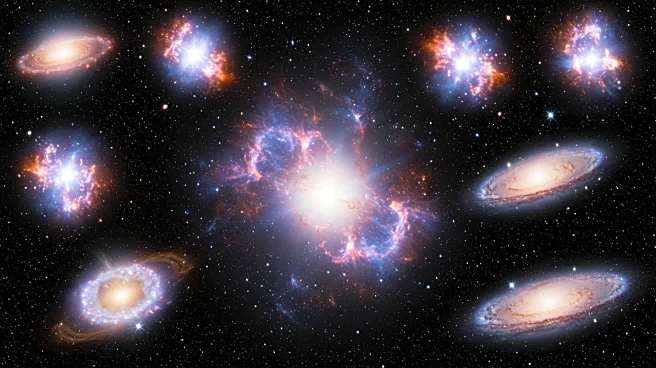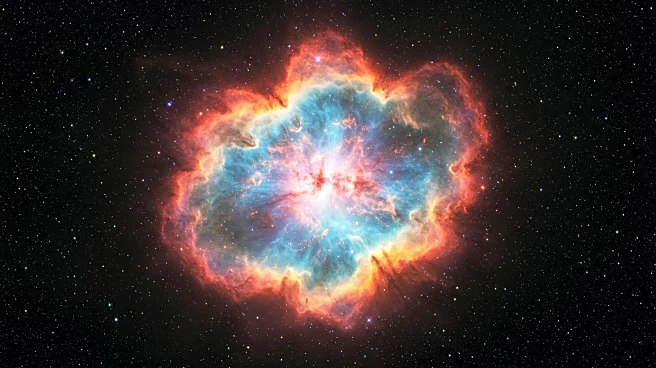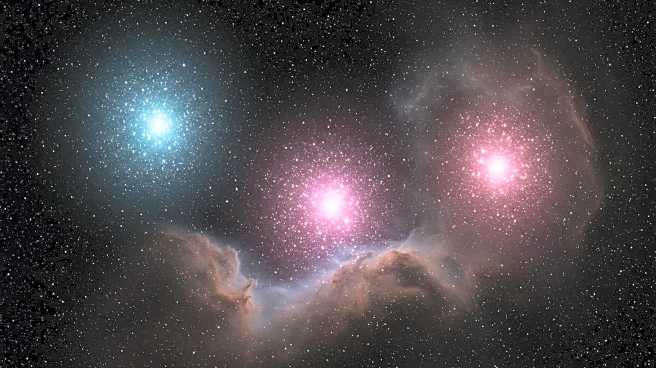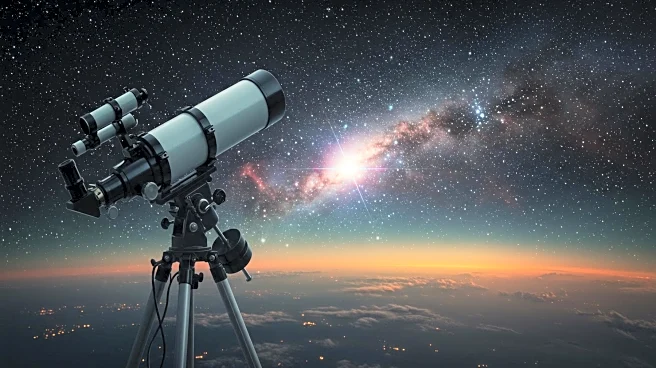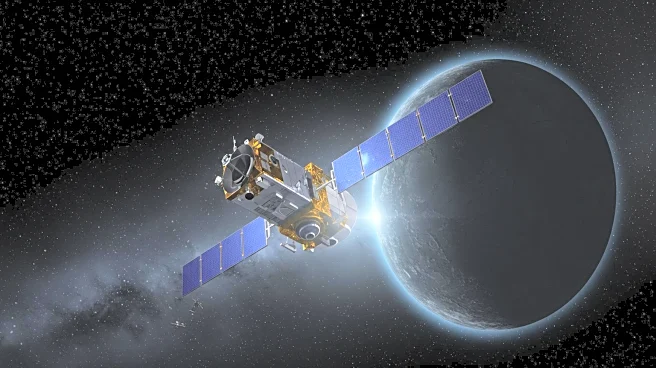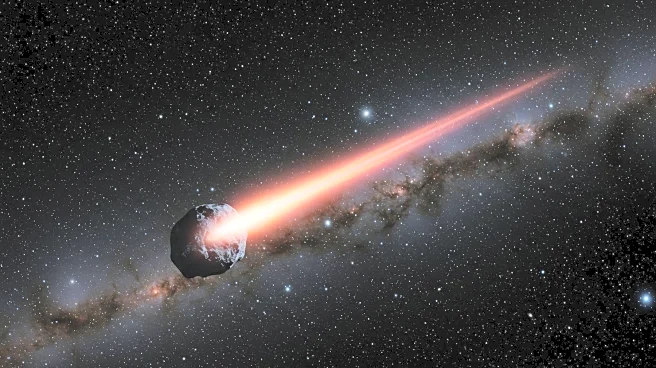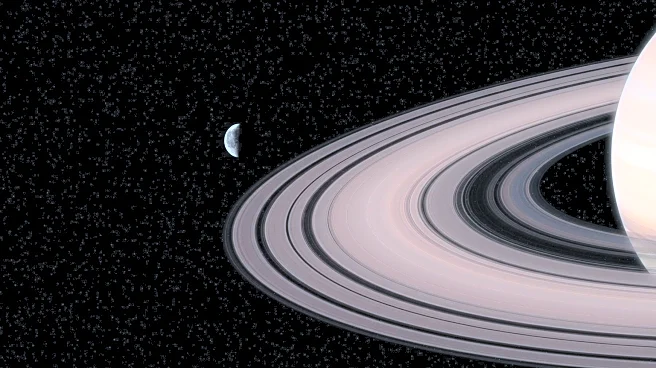Rapid Read • 6 min read
Astronomers have discovered that Ursa Major III, the faintest known satellite of the Milky Way, may be held together by a dense core of black holes rather than dark matter. Previously thought to be a dark dwarf galaxy, new evidence suggests it is a compact star cluster. Using computer simulations and observational data, researchers calculated the gravitational interactions of thousands of stars to reconstruct the object's structure over time. The findings indicate that a dense core of black holes could hold the remaining stars together gravitationally, solving a major mystery in astrophysics.
AD
This discovery challenges the traditional understanding of dark matter's role in holding star clusters together. If black holes are indeed responsible for the gravitational cohesion of Ursa Major III, it could lead to a reevaluation of how astronomers perceive the composition and formation of other similar celestial bodies. This insight may influence future research on the Milky Way's structure and the role of black holes in galaxy formation, potentially impacting theories on cosmic evolution and the distribution of dark matter in the universe.
Further studies are expected to explore the implications of this discovery on other star clusters and dwarf galaxies. Researchers may conduct additional simulations and observations to confirm the presence of black holes in other celestial bodies previously thought to be dominated by dark matter. This could lead to new methodologies in astrophysics and a deeper understanding of the universe's composition.
AD
More Stories You Might Enjoy
